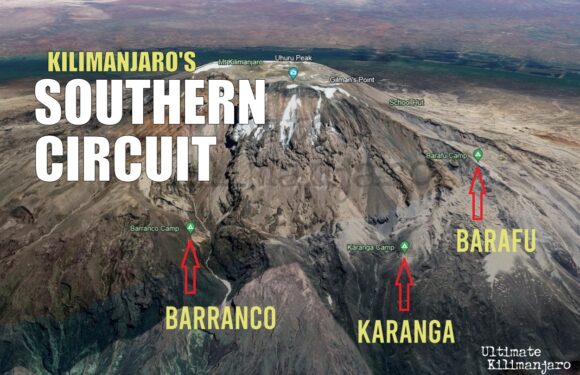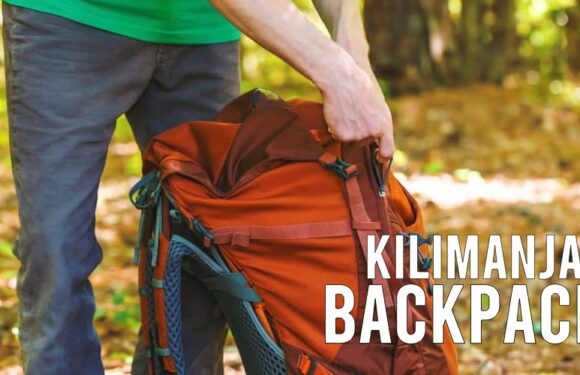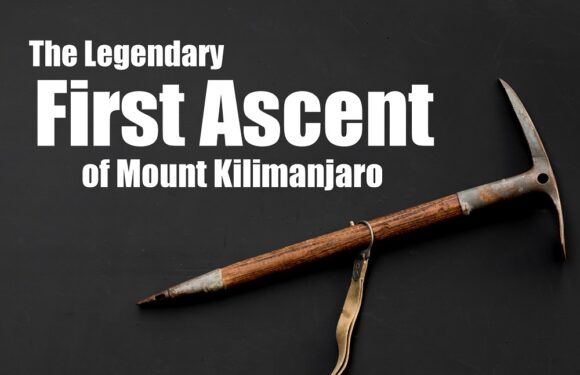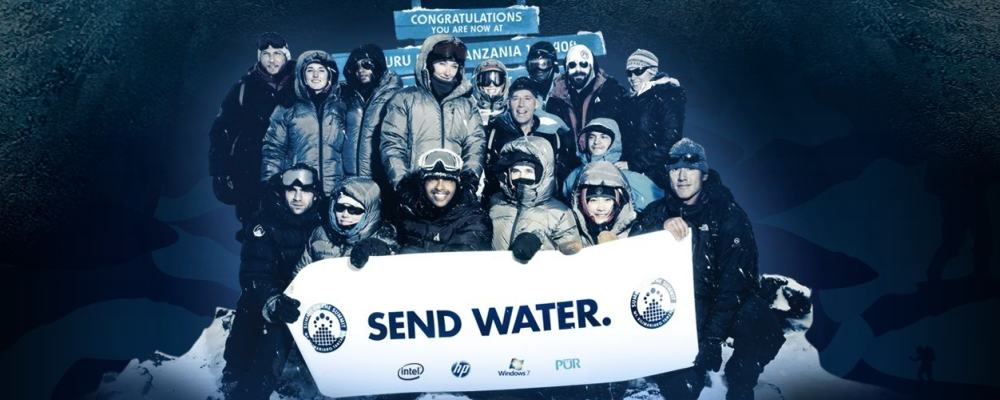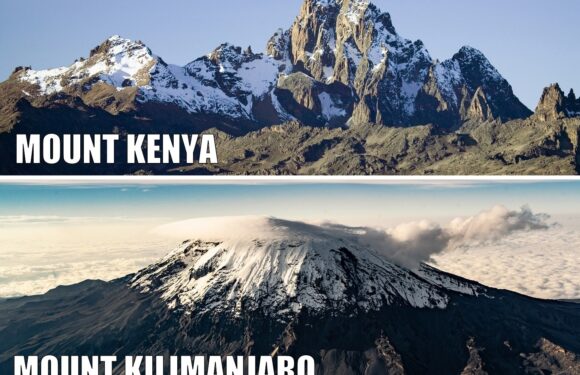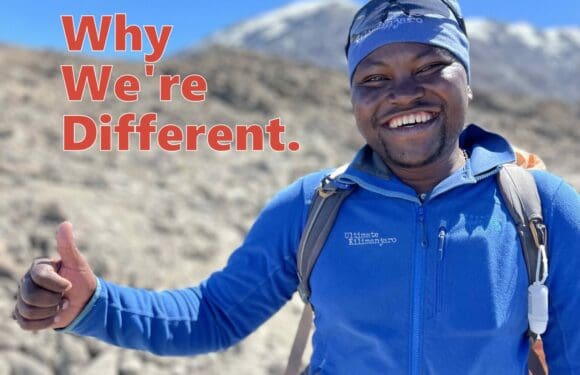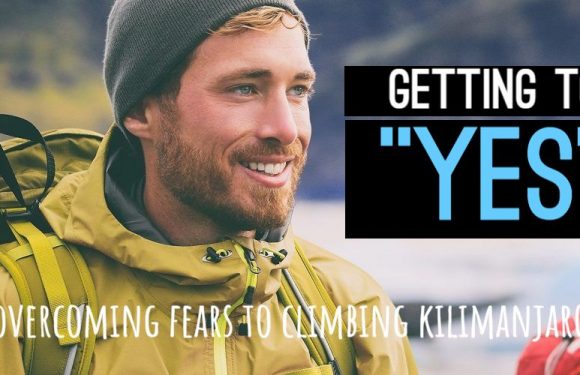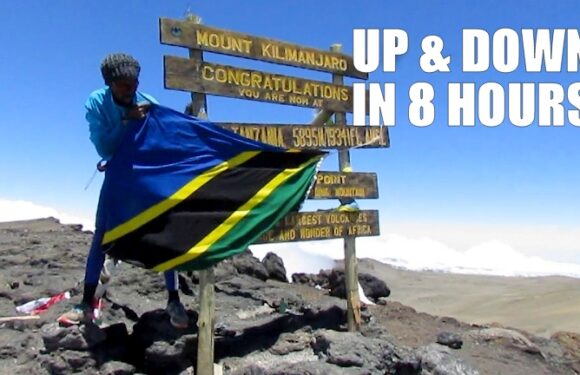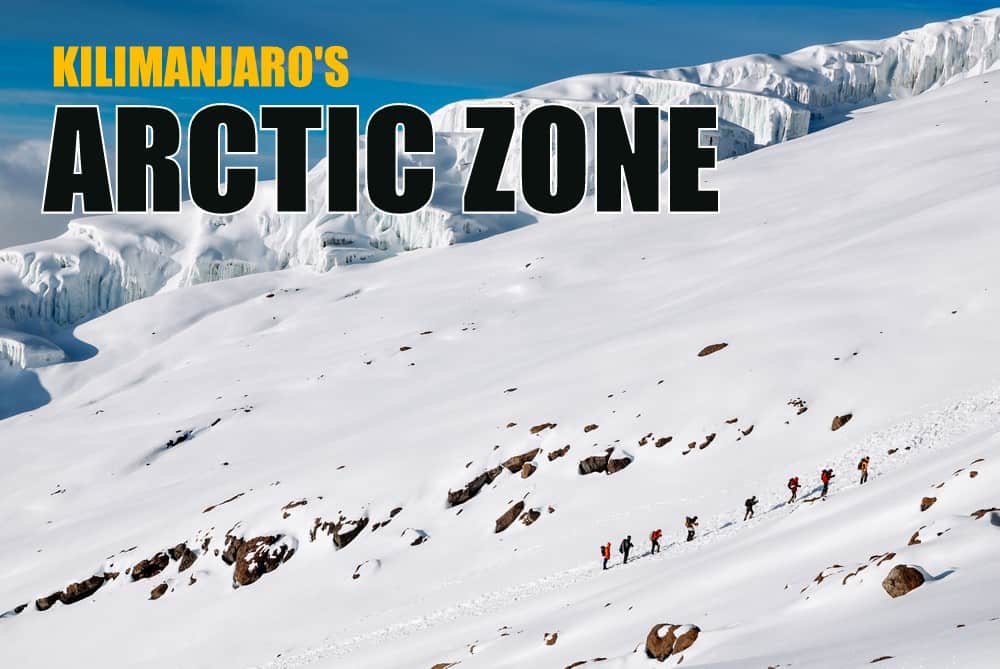
At the top of Mount Kilimanjaro lies the arctic zone, the highest and most punishing of the five ecological zones on the mountain. This zone marks the threshold into a place where the air is thin, temperatures plunge, and life as we know it takes on a different form.
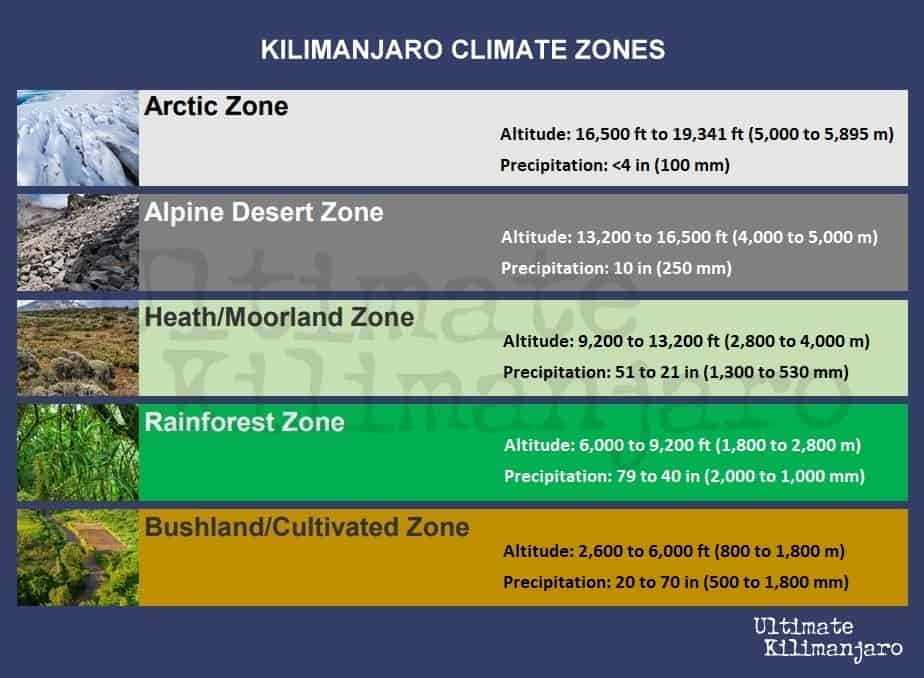
Characteristics of Arctic Zones
Arctic biomes are found near the north and south poles or at high altitudes in other climate zones. Arctic zones are defined by their extreme conditions. They are characterized by blistering cold, minimal precipitation, and a landscape often dominated by ice, snow, and bare rock. Temperatures can plummet to well below freezing. Precipitation mostly falls as snow, which contributes to the permanent ice caps and glaciers.
In these biomes, biodiversity is low. Plant life is scarce, with only the hardiest species, such as mosses and lichens, able to eke out an existence in this harsh climate. Similarly, animal life is very limited, with few species adapted to survive the cold and scarcity of food. The soil is often frozen, a condition known as permafrost, making it inhospitable for plant roots.
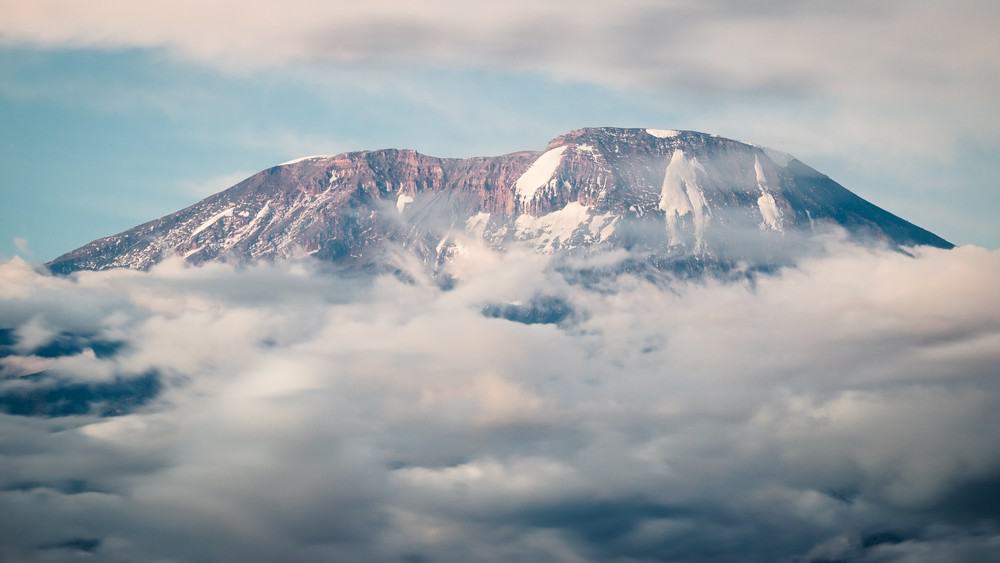
The Role of the Arctic Zone
Arctic zones act as natural regulators of the Earth’s climate. The snow and ice found in these areas reflect a significant portion of the sun’s rays back into the atmosphere, a phenomenon known as the albedo effect. This reflection helps cool the planet, moderating global temperatures.
Additionally, arctic zones are key contributors to the hydrological cycle. The melting of snow and ice in these regions feeds rivers and streams, providing water resources for both natural ecosystems and human use downstream. This role is particularly vital in third world regions where water scarcity is a concern, making the conservation of this zone critical for sustaining water supplies.
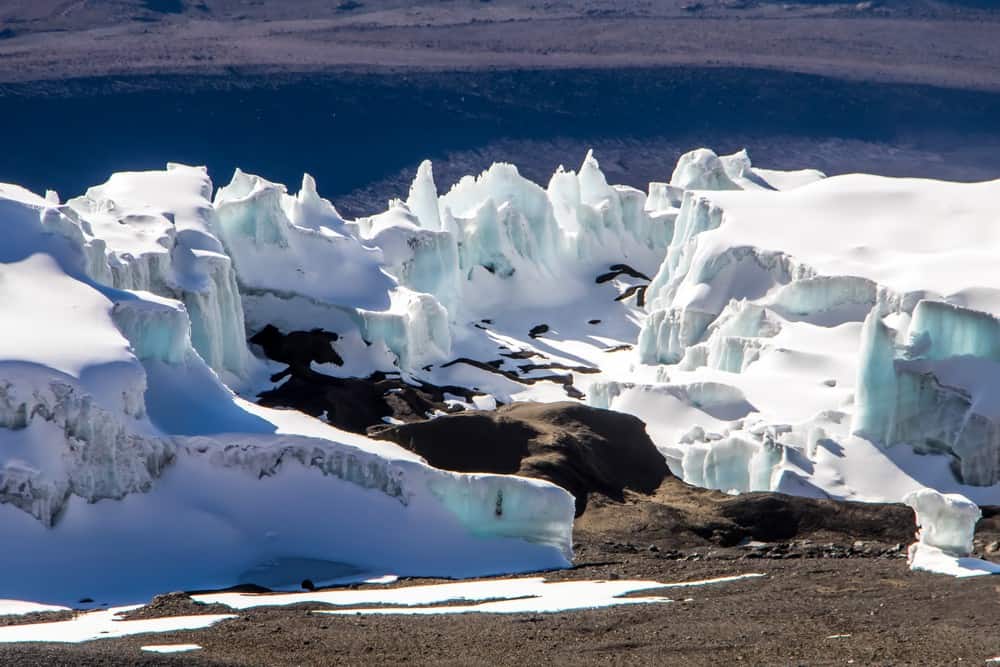
Finally, the frozen grounds of the arctic zones, known as permafrost, store vast amounts of carbon, making the biome a global carbon sink. This natural storage helps mitigate the effects of climate change by keeping carbon dioxide and methane out of the atmosphere. However, as the permafrost thaws, the released greenhouse gases could significantly impact global temperatures.
Kilimanjaro’s Arctic Zone
Kilimanjaro’s summit area offers an arctic environment against an equatorial backdrop. This is a barren place, characterized by ice and rock. The iconic glaciers stand here, offering a breathtaking view of nature’s lofty creations. Expect low temperatures, minimal precipitation, and a landscape that deters exploration.
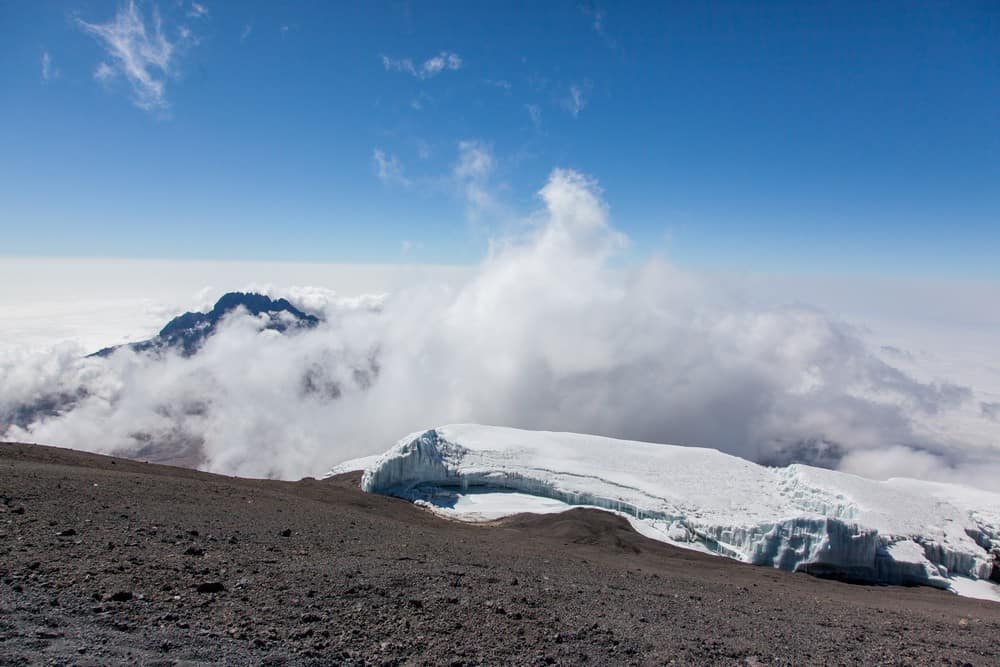
The arctic zone starts from approximately 16,500 feet (5,000 meters) and reaches to the peak at 19,341 feet (5,895 meters). As the name suggests, this zone of Kilimanjaro is experiences severe cold and extreme conditions. Temperatures here can plummet to below freezing, generally ranging from 20°F to -20°F (-7°C to -29°C). Precipitation is primarily in the form of snow and ice, not rain.
The glaciers and snowfields of Kilimanjaro’s arctic zone are essential water sources for the ecosystems below. Sparse vegetation, including hardy lichens and some algae, cling to life in this biome, while endemic insect species have adapted to the cold. The soil in this zone is mostly rocky, with volcanic dust and ash from past eruptions.
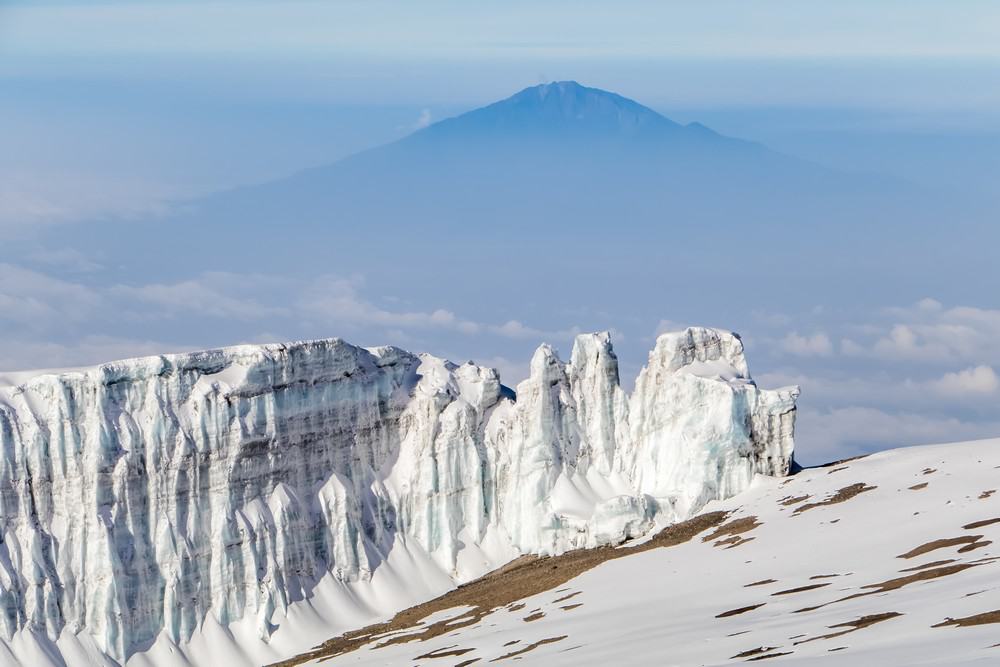
Tips for Tackling Kilimanjaro’s Arctic Zone
For climbers, Kilimanjaro’s arctic zone is the ultimate test, a final obstacle to the summit. The last push to the peak starts at high camp in the alpine desert zone and quickly enters the arctic zone. For six to eight hours, but possibly much longer, climbers will brave cold temperatures, high winds, and thin air to reach the top.
Here are some tips on how to best handle the arctic zone on Mount Kilimanjaro:
- Extra Warm Gear – To withstand the cold, dark, windy, 6-8+ hour hike to the summit, you need to layer your clothing properly. It’s common for climbers to wear 4-6 layers on top and 3 layers on the bottom. See our article on staying warm on the summit here.
- Use Trekking Poles – The trek to the summit and down are the steepest slopes you will encounter on your climb. It’s wise to use trekking poles to support yourself on this section of the trip.
- Don’t Forget to Hydrate – When temperatures are low, it is easy to overlook hydration. Be cognizant to drink water regularly on your ascent and descent, especially during breaks. Your water bladder hose or valve will likely freeze. So use your water bottle instead, stored upside down (so the lid doesn’t freeze shut).
- Use Sunscreen – No sunscreen is needed in the dark, but once the sun rises, you’ll want to protect your skin. Put sunscreen on the summit, before you start your descent.
- Wear Gaiters – This is optional, but gaiters can keep the scree (gravel) and dust out of your pants.
- Acclimatization – This is an extreme altitude. Be aware of how you feel. If you have anything more than mild altitude sickness symptoms, you should not continue your ascent.
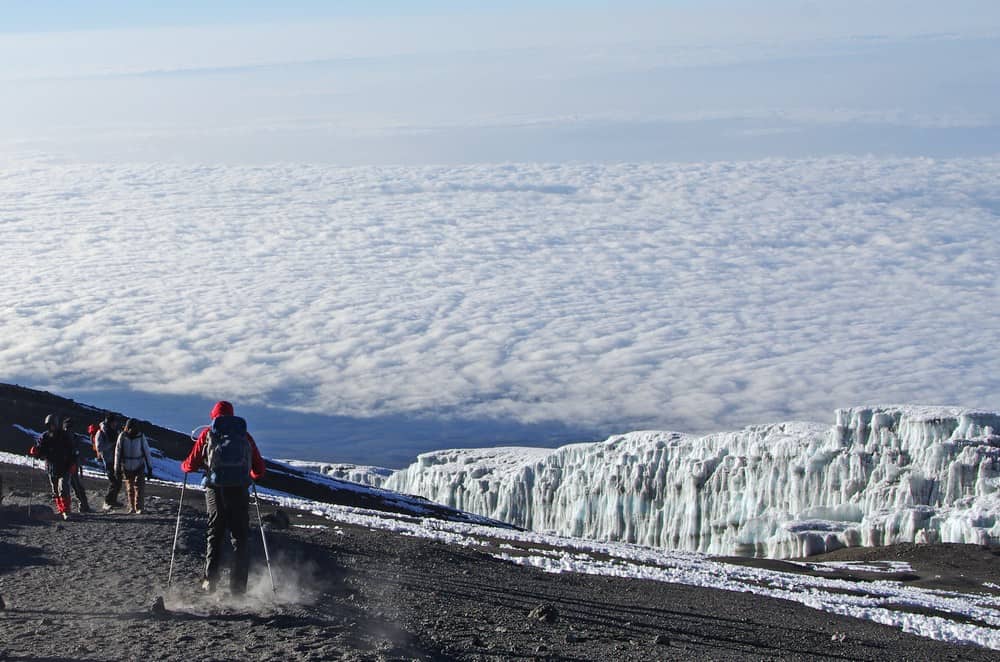
Conservation Challenges
Kilimanjaro’s arctic zone is needed to preserve the mountain’s ecological balance. However, the rapid retreat of Kilimanjaro’s glaciers is a clear signal of global warming effects. Conservation efforts are ongoing but most researcher’s believe that Mount Kilimanjaro’s ice cap cannot be saved.



















































